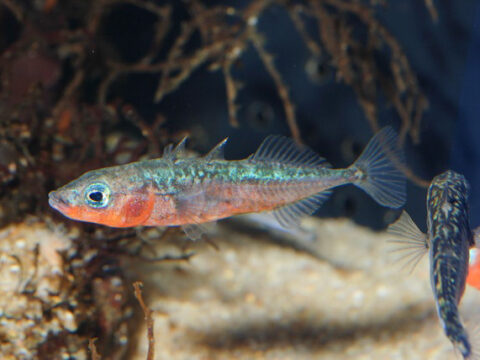
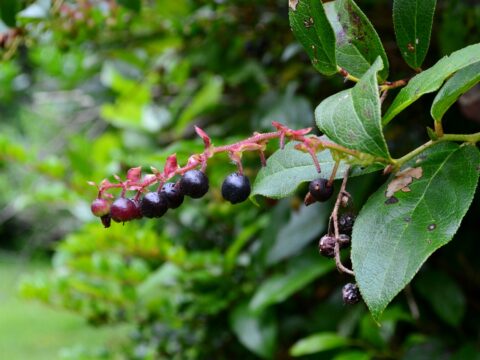
Salal is found in most areas around the creek. It is one the most healthy berries you can eat, even healthier than blueberries, strawberries, and cranberries. Salal contains much more antioxidants than blueberries. The flavor of these healthful berries has been described as an earthy cross between a blueberry and a blackcurrant.
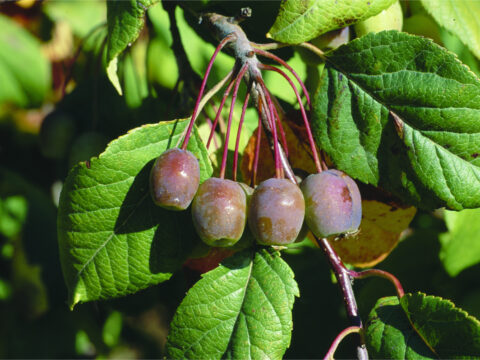
Pacific Crab Apple is primarily found at the Monteith Street Gardens. It looks like a smaller version of an apple, and is also much more tart than a regular apple. First Nations were able to store these apples and make them sweeter. As well as this, they contain a lot of pectin, which allows them to easily be made into jams and jellies.
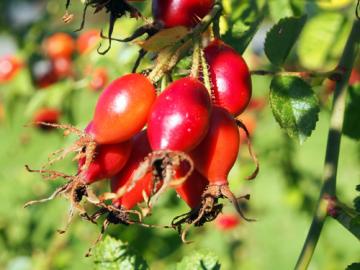
Rose hips are found at most places around the creek, and are native to BC. They contain plenty of Vitamin C, and can be used to prevent colds and flus. It is the round part of the rose plant that grows near the petals. It can be dried to make tea, and although you can eat it raw, it is not very tasty.
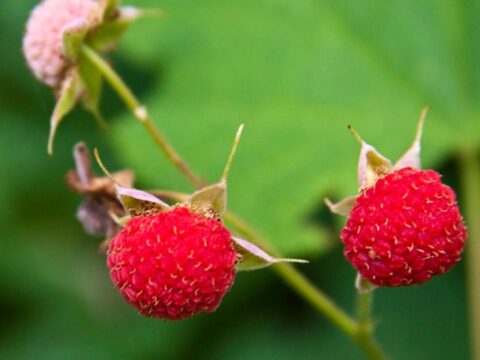
Thimbleberries are also natives, and they can be found at the Oak Bay section of Bowker Creek. It is very similar to a raspberry in appearance, but it is smaller and flatter. As well as this, it contains vitamin C, vitamin A, calcium, potassium, and iron. It can also boost your immune system.
